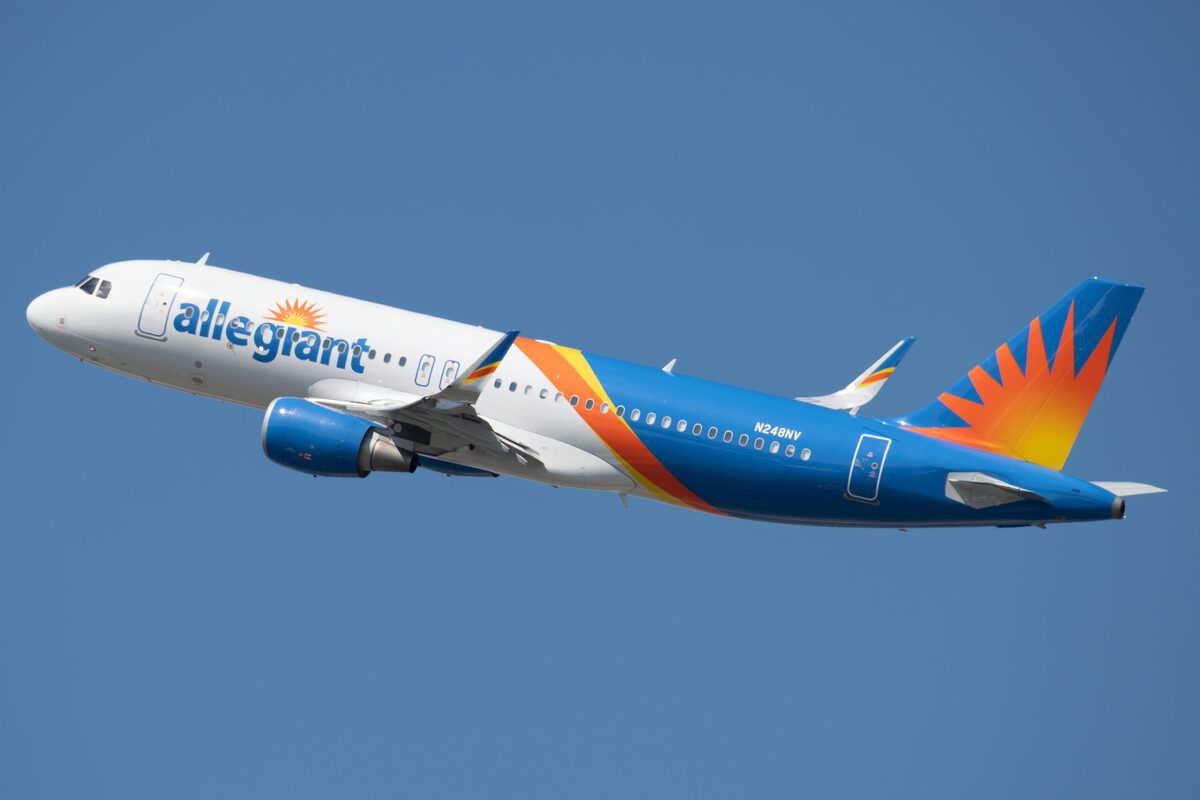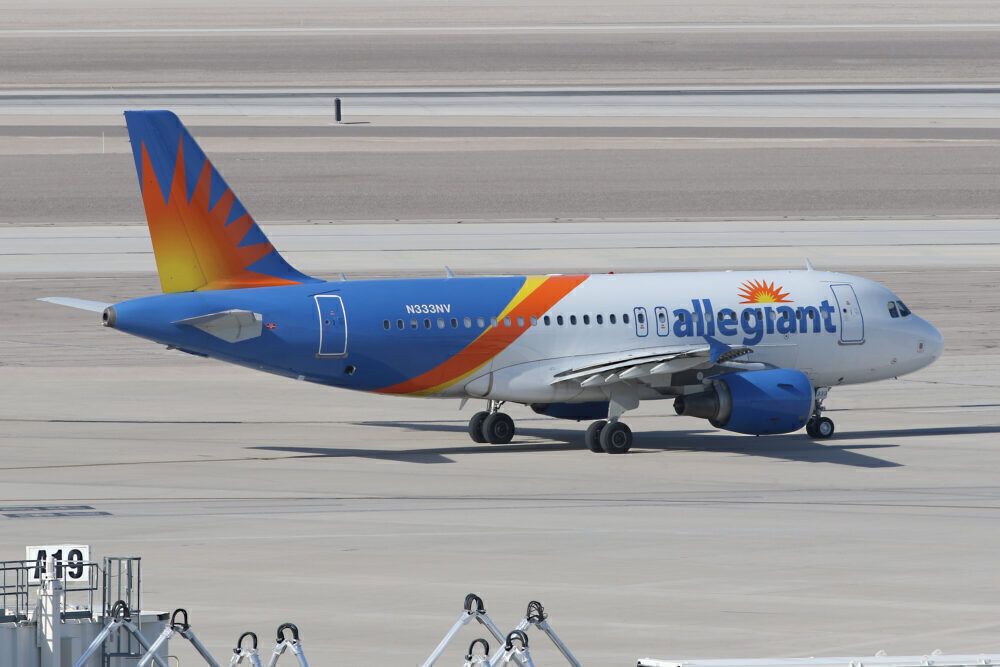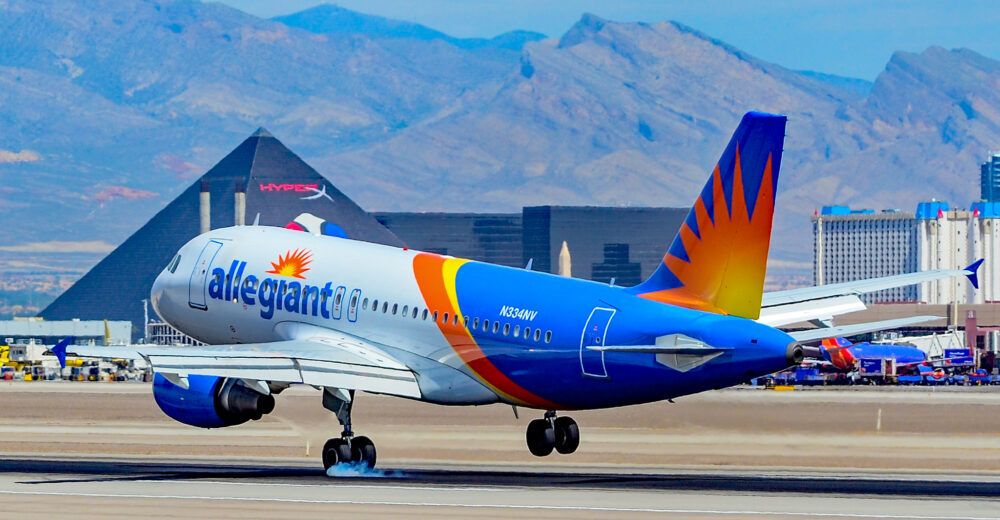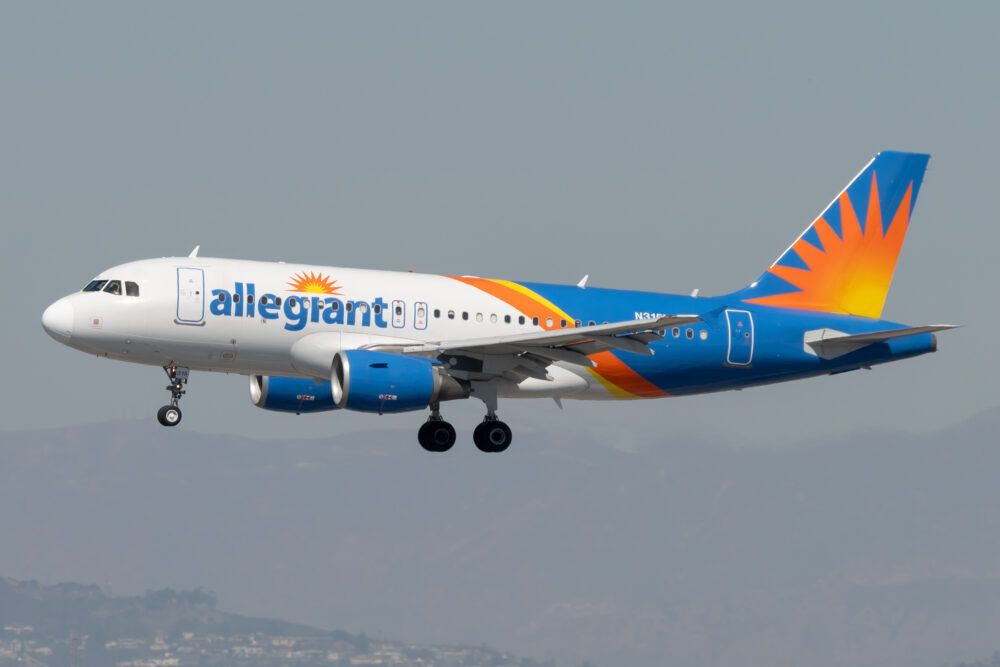Ultra-low-cost carrier (ULCC) Allegiant Air has reported that its average daily bookings in the second quarter outpaced the same quarter in 2019. But, the airline has hit its stride again. After claiming it was time to step on the gas in early 2021, the airline's capacity for the quarter outpaced 2019 levels by nearly 5%, while June 2021 saw double-digit capacity growth compared to June 2019.
Allegiant's second quarter was a good one
Allegiant Air Executive Vice President and Chief Financial Officer, Gregory Anderson, stated the following on the carrier's second-quarter traffic:
"Demand strength persisted throughout the quarter with average daily bookings in excess of the same time period in 2019. We continued to see load factor improvement throughout June with a nearly 10-point increase from May on year over two-year capacity growth of roughly 14 percent."
Indeed, the airline's second-quarter has seen meaningful improvement. The airline flew 3,680,254 passengers in its scheduled service business in the second quarter of 2021. This was down 10.9% from the same quarter in 2019.
However, when looking at capacity measured by available seat miles (ASMs), Allegiant Air flew 4.5% more capacity in the second quarter of 2021 compared to the second quarter of 2019. It was able to notch a load factor of 70.8% for the quarter, which was 12.8 points lower than the same quarter in 2019.
Looking at the state of the airline a year ago shows a stark change. The carrier flew 190.7% more passengers in the second quarter of 2021 on capacity up 107.2% than the second quarter of 2020.
Stay informed: Sign up for our daily and weekly aviation news digests.
June was a good month
June is traditionally a good month from a passenger standpoint. With schools out, families ready to travel, and warm weather across much of the United States, Allegiant typically ramps up its flying.
Compared to June 2019, Allegiant's passenger numbers last month were up 2.3% on capacity up a whopping 13.8%. This was a significant improvement that shows the strength of the leisure recovery.
The carrier's load factor shook out to a very respectable 77.7% for the month. This compared to the 85.9% from June 2019. In May, the airline had a load factor of 68.7%. Going back to April, Allegiant notched a 63.8% load factor.
Allegiant is back to business
Starting in January, Allegiant Air started to look beyond the crisis. The carrier had outlined plans to grow its fleet during the year and increase capacity as leisure travelers returned.
Two factors worked out heavily in Allegiant's favor. First, the ramp-up of vaccinations has led more passengers to be comfortable with the idea of flying again. In addition, the fast pace of vaccinations also led to more reopenings, especially in leisure-rich markets. With case counts continuing to remain low, Allegiant remains confident in the summer.
Allegiant is not a traditional airline in the United States. For one, it does not sell connecting flights. The entire Allegiant model is focused on point-to-point, low utilization, and low frequency flying to target specific demand pools. Leisure travelers are the carrier's bread and butter.
The airline has done an excellent job in 2021, managing its way out of the crisis. First and foremost, it scheduled its early flying around peak days. One of the carrier's points of pride in the first few months of the year was scheduling no flying on Tuesdays, typically some of the least-desirable days for leisure passengers to travel.
In addition, Allegiant Air has expanded to include new routes, and it appears that strategy has worked. While the airline's load factor was below what it flew in June 2019, there is intense domestic competition and some slight demand softness which can explain that. However, the airline is already getting back to profitability and already plotting its strategy out of the crisis. Much of that strategy relies heavily on growing across the United States.
What do you make of Allegiant's June and second-quarter numbers? Let us know in the comments!




